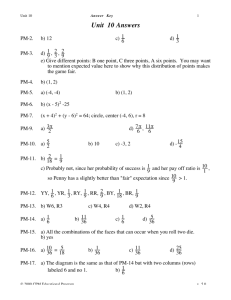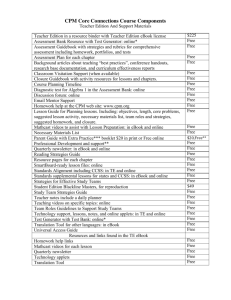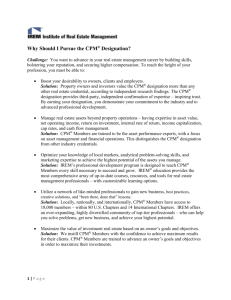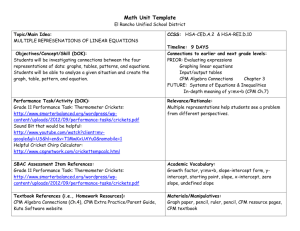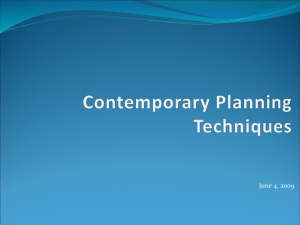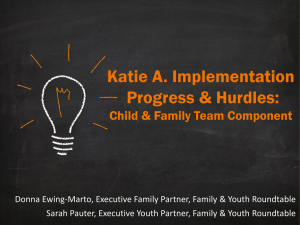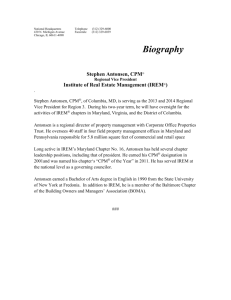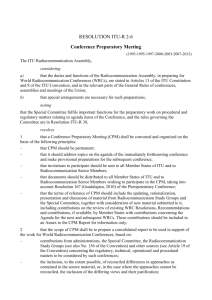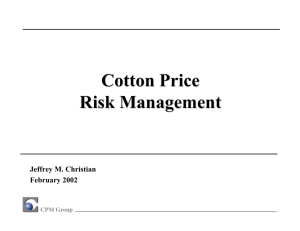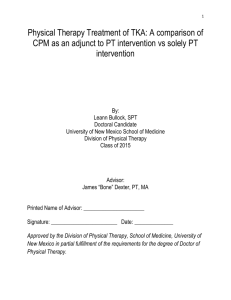(CPM) use and utility in New Zealand (NZ) breast cancer patients
advertisement
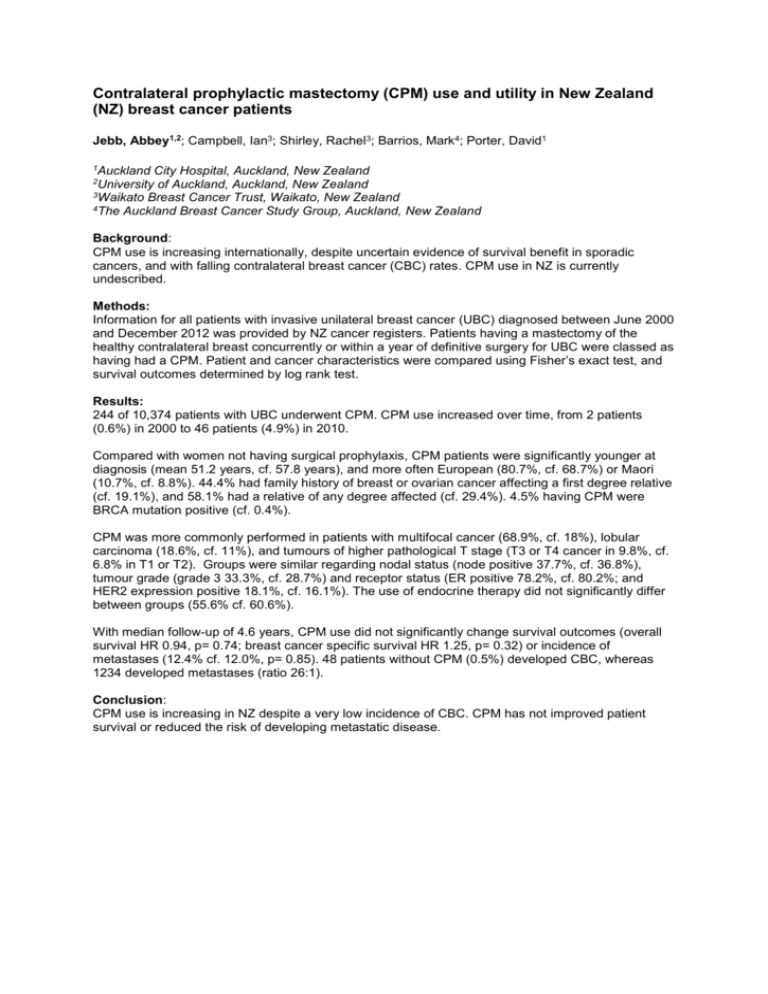
Contralateral prophylactic mastectomy (CPM) use and utility in New Zealand (NZ) breast cancer patients Jebb, Abbey1,2; Campbell, Ian3; Shirley, Rachel3; Barrios, Mark4; Porter, David1 1Auckland City Hospital, Auckland, New Zealand of Auckland, Auckland, New Zealand 3Waikato Breast Cancer Trust, Waikato, New Zealand 4The Auckland Breast Cancer Study Group, Auckland, New Zealand 2University Background: CPM use is increasing internationally, despite uncertain evidence of survival benefit in sporadic cancers, and with falling contralateral breast cancer (CBC) rates. CPM use in NZ is currently undescribed. Methods: Information for all patients with invasive unilateral breast cancer (UBC) diagnosed between June 2000 and December 2012 was provided by NZ cancer registers. Patients having a mastectomy of the healthy contralateral breast concurrently or within a year of definitive surgery for UBC were classed as having had a CPM. Patient and cancer characteristics were compared using Fisher’s exact test, and survival outcomes determined by log rank test. Results: 244 of 10,374 patients with UBC underwent CPM. CPM use increased over time, from 2 patients (0.6%) in 2000 to 46 patients (4.9%) in 2010. Compared with women not having surgical prophylaxis, CPM patients were significantly younger at diagnosis (mean 51.2 years, cf. 57.8 years), and more often European (80.7%, cf. 68.7%) or Maori (10.7%, cf. 8.8%). 44.4% had family history of breast or ovarian cancer affecting a first degree relative (cf. 19.1%), and 58.1% had a relative of any degree affected (cf. 29.4%). 4.5% having CPM were BRCA mutation positive (cf. 0.4%). CPM was more commonly performed in patients with multifocal cancer (68.9%, cf. 18%), lobular carcinoma (18.6%, cf. 11%), and tumours of higher pathological T stage (T3 or T4 cancer in 9.8%, cf. 6.8% in T1 or T2). Groups were similar regarding nodal status (node positive 37.7%, cf. 36.8%), tumour grade (grade 3 33.3%, cf. 28.7%) and receptor status (ER positive 78.2%, cf. 80.2%; and HER2 expression positive 18.1%, cf. 16.1%). The use of endocrine therapy did not significantly differ between groups (55.6% cf. 60.6%). With median follow-up of 4.6 years, CPM use did not significantly change survival outcomes (overall survival HR 0.94, p= 0.74; breast cancer specific survival HR 1.25, p= 0.32) or incidence of metastases (12.4% cf. 12.0%, p= 0.85). 48 patients without CPM (0.5%) developed CBC, whereas 1234 developed metastases (ratio 26:1). Conclusion: CPM use is increasing in NZ despite a very low incidence of CBC. CPM has not improved patient survival or reduced the risk of developing metastatic disease.
